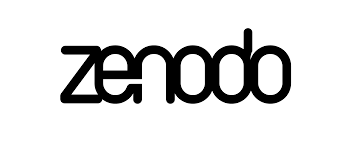Effective Teaching Strategies for Enhanced Learning: The Case of Sulu State College
DOI:
https://doi.org/10.5281/zenodo.15735307Keywords:
Assessment, Assessment of teaching strategiesAbstract
This research focuses on SSC to understand how effective teaching strategies can be implemented and adapted to a challenging and unique educational context. It seeks to identify and analyze the teaching strategies currently employed by faculty members, assess their effectiveness in promoting enhanced learning outcomes, and explore the potential for improvement. By focusing on the specific context of SSC, this research contributes to a more nuanced understanding of effective teaching practices within a unique and challenging educational setting. It moves beyond generalized pedagogical models to offer context-specific insights and recommendations for enhancing the quality of education at SSC and potentially informing similar institutions in comparable settings.
This study aims to determine the teaching strategies for students’ engagement and learning as assessed by teachers in Sulu State College on academic year 2024-2025. It employed descriptive design with 100 teacher-respondents taken through purposive sampling method. The following are findings of this study: The demographic profile of the teacher-respondents from different schools at Sulu State College, Sulu reveals that they are mostly female, in their early adulthood, single or married, below 10 years in service, and have bachelor’s degree. The extent of teaching strategies as assessed by teachers at Sulu State College, Sulu shows that they have high or very high levels of agreement with the statements related to differentiated instruction, active learning, technological integration, and effective communication. The tables also show that there are less or some variations among the teacher-respondents in their ratings of the teaching strategies. The tables reveal that there are no significant differences in the assessments of the teacher-respondents across the different groups for most of the variables, except for effective communication aspect by age, active learning aspect by civil status, and active learning aspect by length of service. The correlation coefficients between the four sub-categories of teaching strategies: differentiated instruction, active learning, technological integration, and effective communication reveals that all the correlations are positive and significant, meaning that there is a linear relationship between the variables. The table also indicates that the correlations are either moderate or low, meaning that the strength of the relationship is not very high.
Downloads
Published
Issue
Section
License
Copyright (c) 2025 Aloysian Interdisciplinary Journal of Social Sciences, Education, and Allied Fields

This work is licensed under a Creative Commons Attribution-NonCommercial 4.0 International License.





